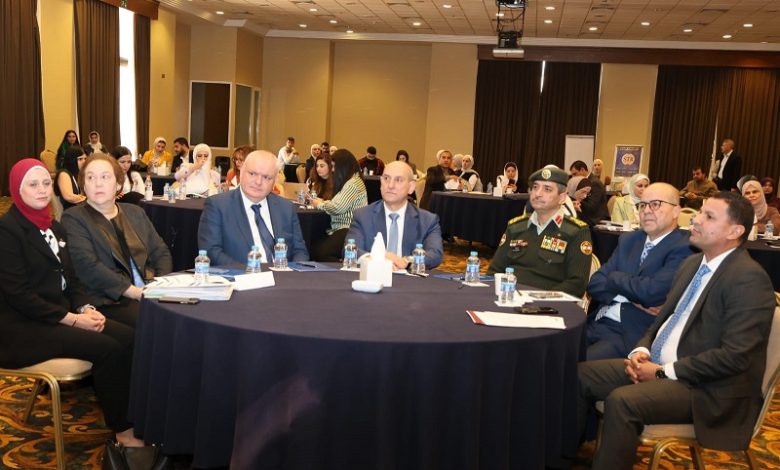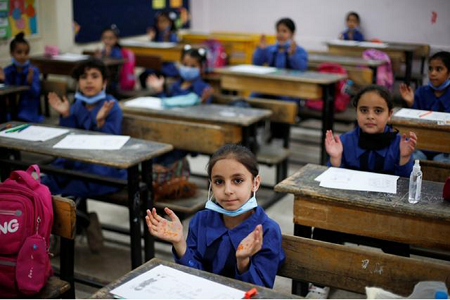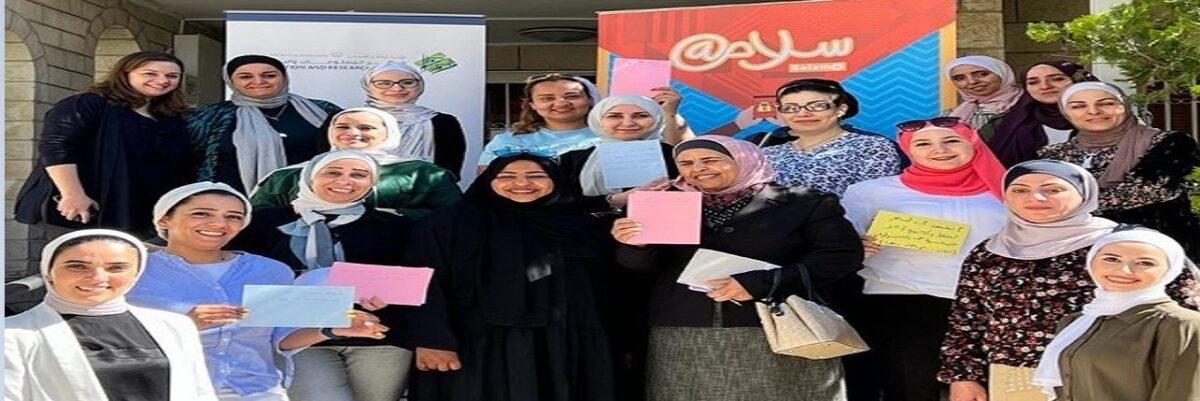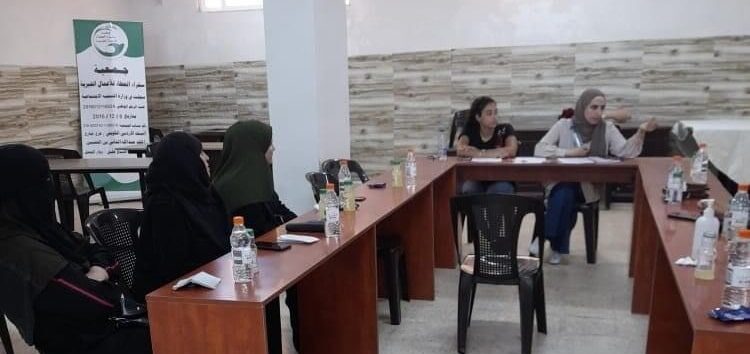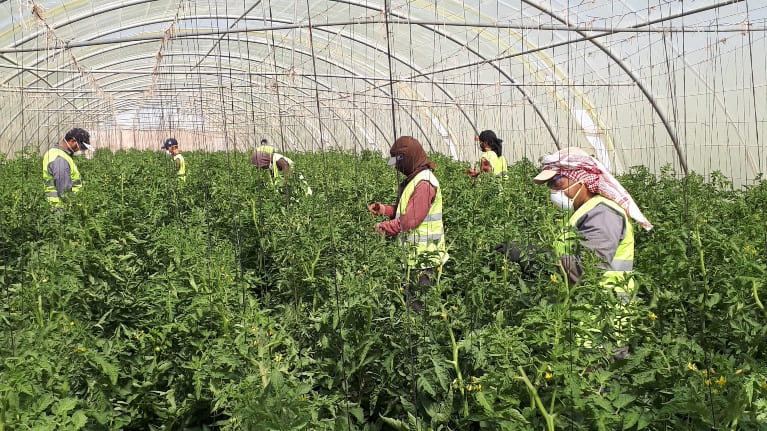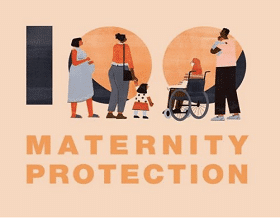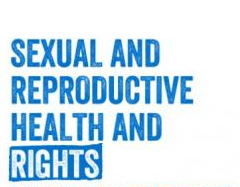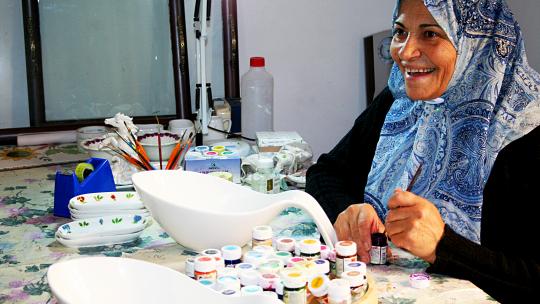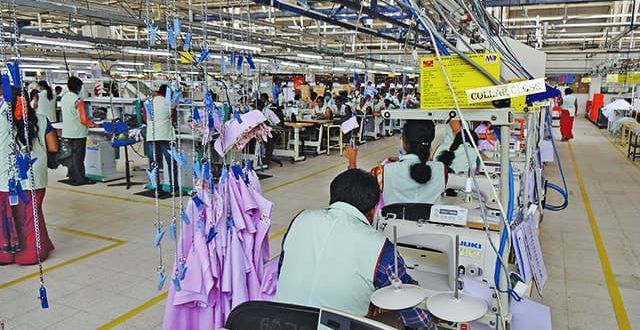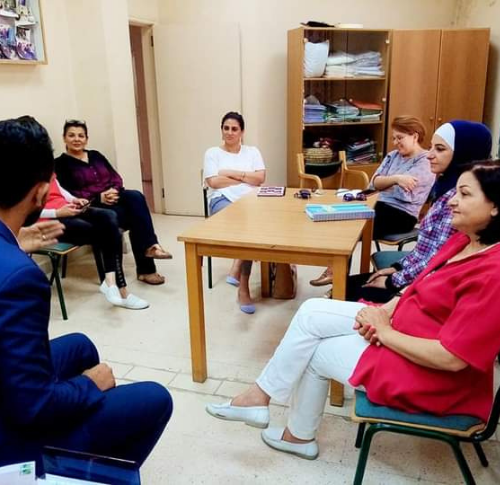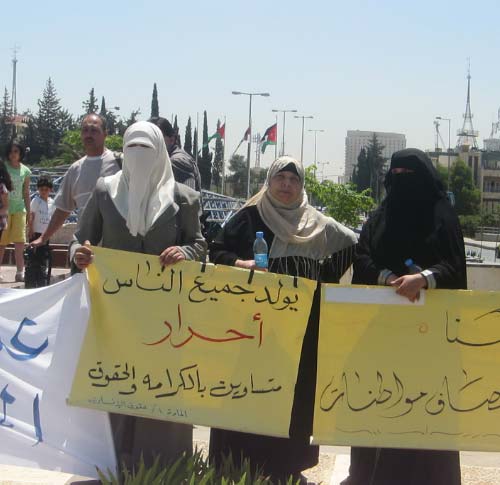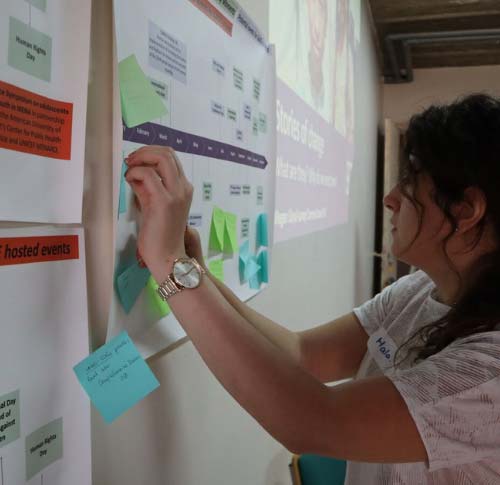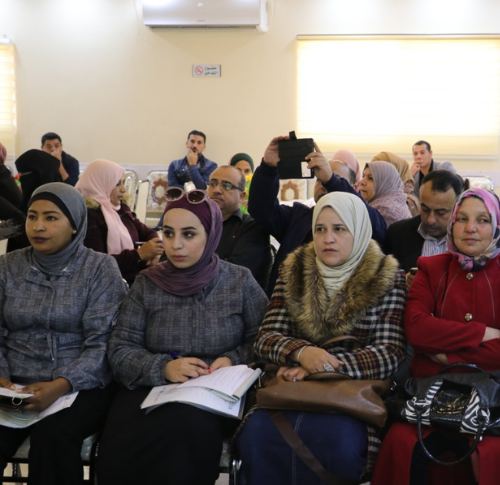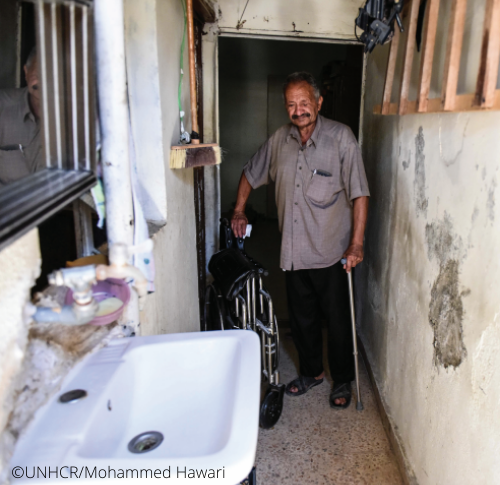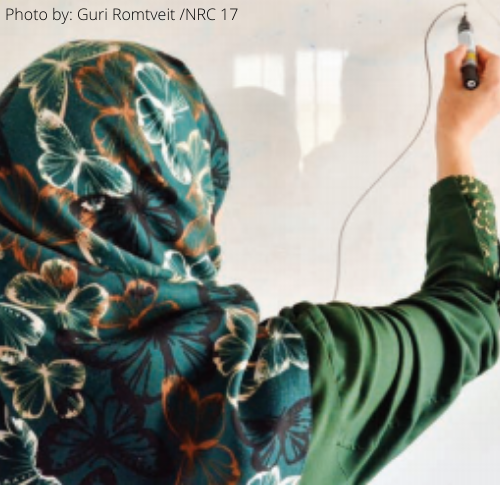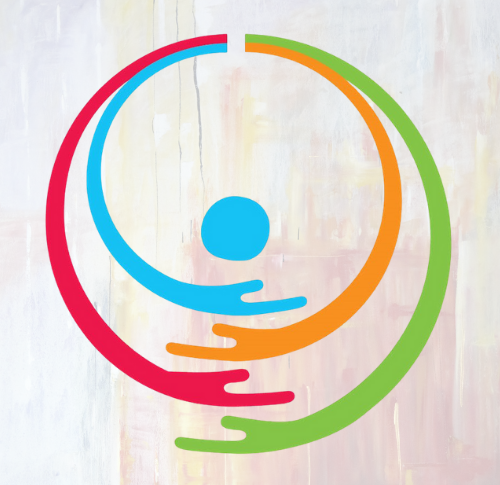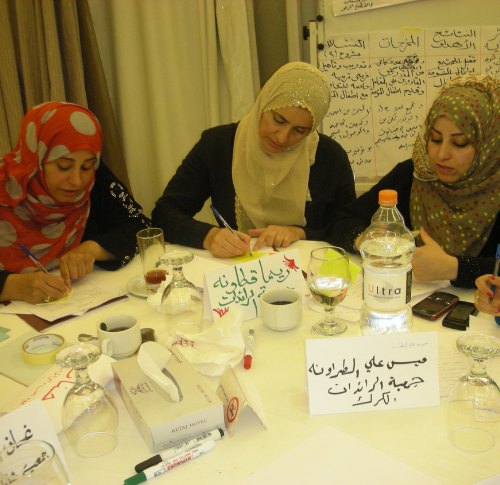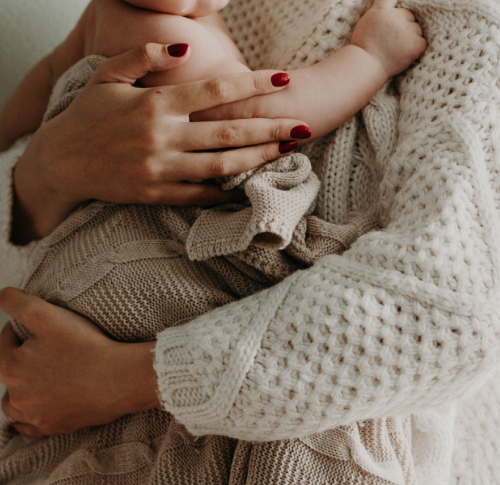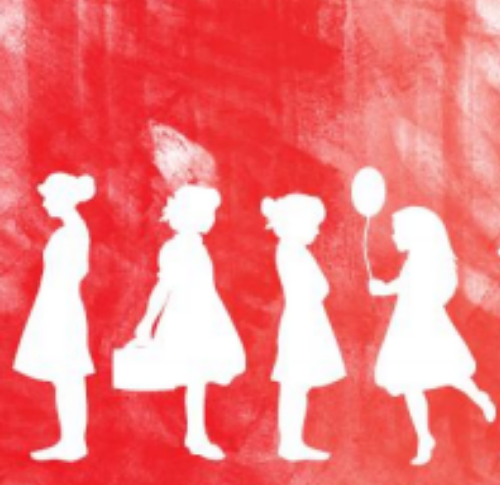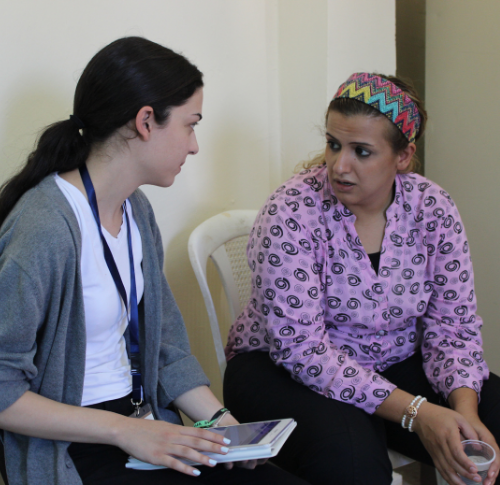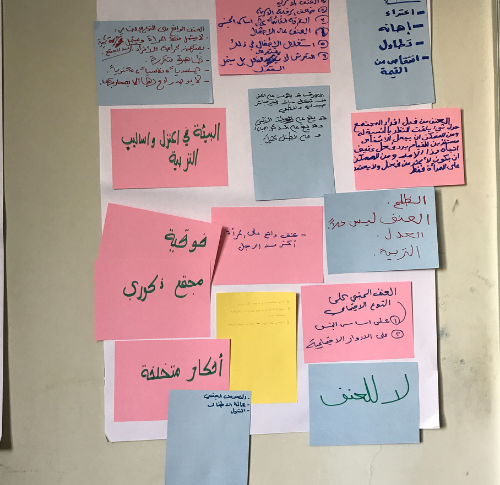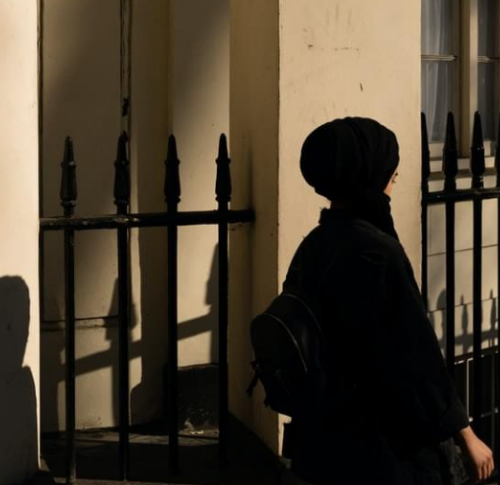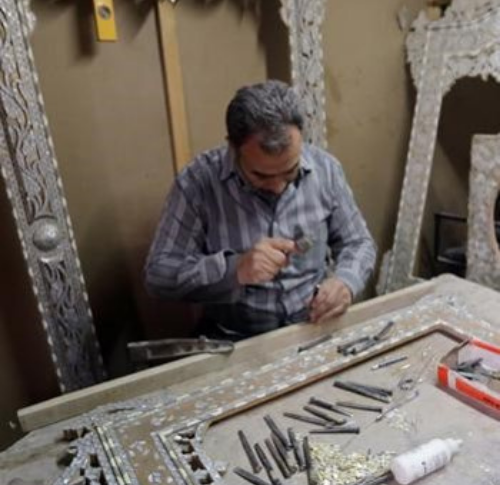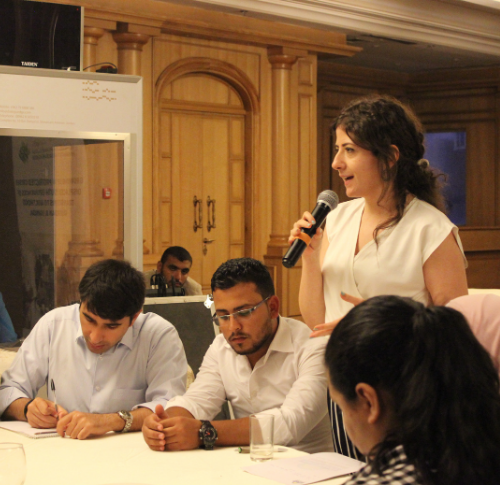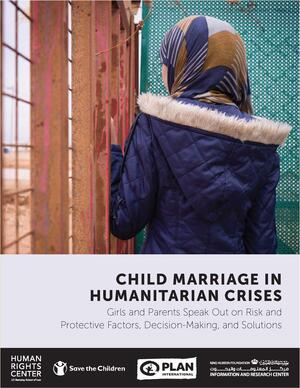
The study, which engaged 280 girls ages 14-17 and 67 parents and caregivers, used innovative methods, in addition to interviews, in order to give girls more ownership over the research and provide them with a variety of creative ways to express themselves and their opinions, thoughts, and ideas. These included cutting and pasting flower maps, creating collages and drawings, and having musical-chairs style group discussions groups. Questions explored what puts girls at risk of child marriage, what protects them from it, how decisions around child marriage are made, and what NGOs can do to help prevent child marriages in their communities.
The study highlights six key findings, among others:
1. Addressing violence within the home is as important to addressing child marriage as violence outside the home.
2. Peer influence is just as important in marriage decision-making and psychosocial health for displaced girls as for those at home.
3. Girls often play a role in marriage decision-making. While many girls have little to no say in marriage decision-making, many have a significant say in the final decision over whom and when to marry, including some who have full autonomy.
4. Girls’ education is as critical as ever in preventing and responding to child marriage
5. Displaced communities still want sensitization and awareness-raising on child marriage.
6. Financial support is a crucial component of child marriage programming.

;)
